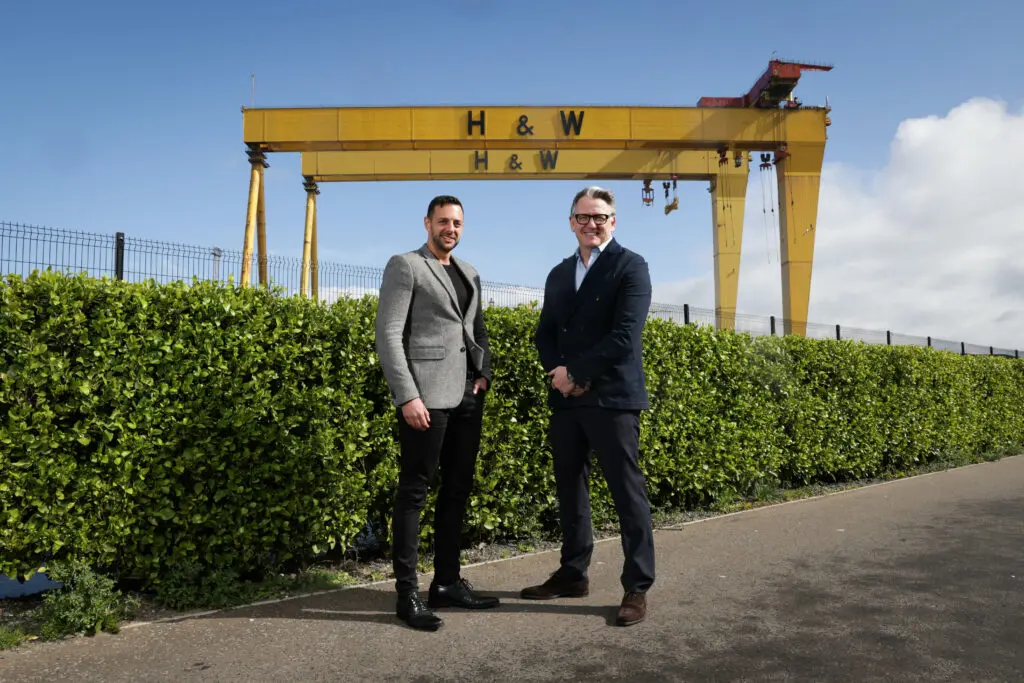In the last year, Cavendish has been a leader in the delivery of rail infrastructure across the Midlands, as we’ve assisted the sub-national transport body, Midlands Connect, delivering a communication and engagement strategy. We have been able to draw on our knowledge to ascertain perceptions and identify themes, challenges and opportunities and implemented that strategy to raise the profile of Midlands Connect and secure positive national and regional media coverage.
As a result, on-going investment in rail infrastructure across the Midlands is allowing the city of Birmingham and the surrounding areas to thrive, with enhanced connectivity improving excellent inner-city links, as well as more journeys than ever on new or upgraded existing lines.
And this investment is set to continue as Transport for the West Midlands (TfWM) and the West Midlands Rail Executive (WMRE) are working with rail industry partners including Network Rail and West Midlands Trains, in the development of three new stations.
£15m funding from the Department for Transport will see passenger services resumed on the Camp Hill Line calling at Moseley, Kings Heath and Hazelwell, with Councillor Waseem Zaffar – Cabinet Member for Transport and Environment for Birmingham City Council saying: “This, along with the huge investment in trams, buses and cycling is going to transform the way we travel as we move to more sustainable forms of transport.”
That’s not all though. The DfT also announced £10m funding for stations in Darlaston and Willenhall, with planning applications due to be submitted later this year and work anticipated to begin next year with a view to reopening the line to passengers before 2022. Speaking of these plans, Mayor the West Midlands, Andy Street said: “I am delighted that our ambition to reopen the Walsall to Wolverhampton railway line to passengers has moved a significant step closer with this latest funding from government.”
This demonstrates that the West Midlands and Birmingham are receiving investment but it’s in the East Midlands where there is a dramatic difference. In research undertaken by the Independent, Leicester was revealed as being the worst-connected ‘big city’ in Britain in terms of rail links and had a narrower range of train services than a village in Cornwall.
The East Midlands will benefit from the new East Midlands Hub in Toton as part of HS2, which will focus more on connections to Birmingham and Leeds – so is Leicester the forgotten city? Are nearby cities, not on the HS2 line, being forgotten about? Apparently not, according to Midlands Connect – the transport arm of the Midlands Engine. Their flagship project, the Midlands Hub will integrate with HS2 and deliver the biggest upgrade of the rail network for a generation. It will strengthen links between Leicester, Derby and Nottingham to the East as well as Hereford, Worcester and Wales to the West.
With strong connectivity throughout the region, the only argument is whether the service provided gives good value for money. Many commuter trains in and out of Birmingham before and after work are standing-room only, but West Midlands Railway’s 2019 Spring Satisfaction Survey suggests that 77% of customers were satisfied with their service.


